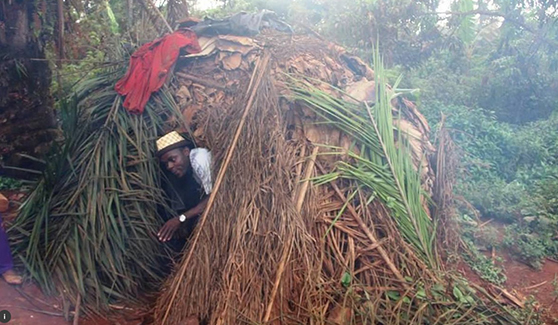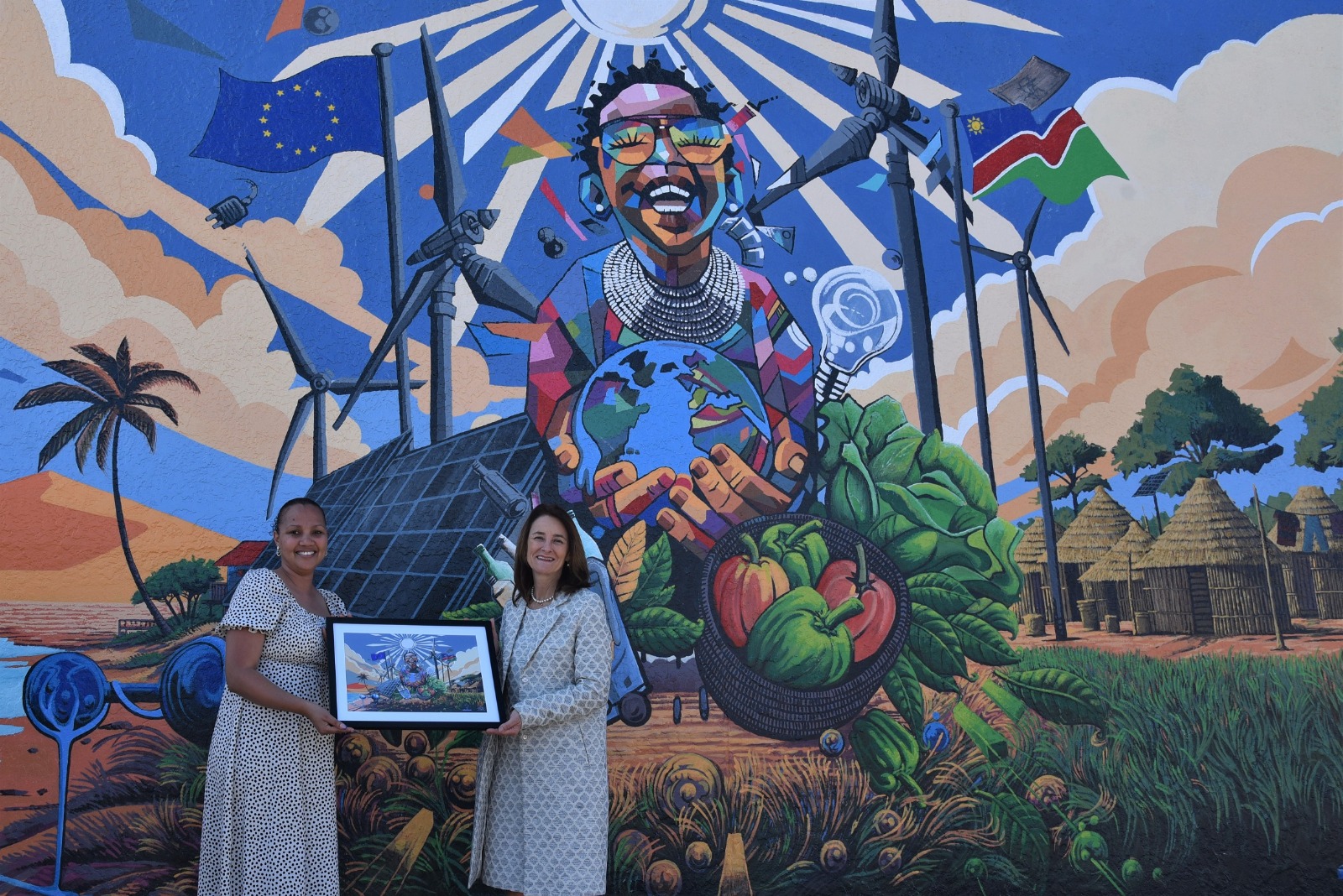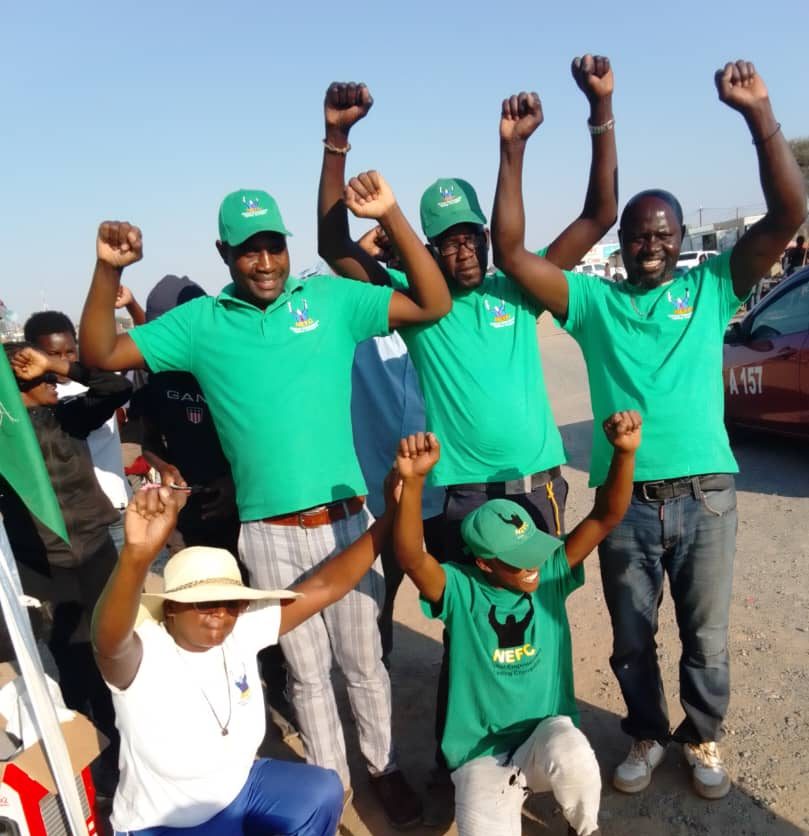PANGAR – Sitting in front of his mud house in Pangar, a forest village in Cameroon’s east region, Mokuine Anatole sharpens his machete in the early morning sunlight, ready for a day’s hunting.
But the planned expedition won’t take place on the land around his village, as it used to. Just 2km away, the formerly fresh air smells of gasoline, and the silence of the surrounding forest is broken by the honking and rumbling of cars and bulldozers.
The forest along the confluence of the Lom and Pangar rivers is being cleared to prepare the second phase of construction of the Lom Pangar Dam, a government hydropower project that will produce 30 megawatts (MW) of electricity upon completion.
As a result, Anatole now must venture about 25km (15 miles) away from home to hunt.
He and other members of similar forest communities complain that their needs are being disregarded as Cameroon’s government pushes to bring electricity to more of the country. Environmentalists are sounding alarms too.
“This hydro-dam project has made life perilous for us,” Anatole told the Thomson Reuters Foundation. “The first phase of the project has brought human encroachment, destroyed our forest land, and is scaring away all the animals. We are obliged to go farming and hunting far away, where we can find something to eat.”
Cameroon’s government is touting the construction of three new dams along the Sanaga River and its tributaries as a way to increase hydro-electric generation as part of the country’s ambitious plans to become an emerging economy by 2035.
The river is the country’s primary water source, and already has two dams downstream from the new sites.
“These (new) dams will be the biggest (electricity) generation asset of Cameroon by 2024, providing a very positive impact on Cameroon’s energy system,” said Louis Paul Motaze, the country’s minister for the economy, planning and regional development.
He spoke in Yaounde earlier this month at the signing of a financing agreement with the African Development Bank for the Nachtigal hydro dam.
With the country’s economy forecast to grow by at least 5% annually between 2015 and 2018, Cameroon’s government says the hydro projects will ramp up power production to 3 000 MW by 2030, from a current level of 1 200 MW.
But environmental experts say the plans threaten the biodiversity of the river basin and its surrounding rich forest, as well as the survival of indigenous communities which rely on natural resources.
“If all these projects take place, you would have a good chunk of the forest and wildlife in the Congo Basin disappearing,” said Manfred Epanda, the African Wildlife Foundation’s Cameroon coordinator.
In Dengdeng, another village in the east region, farmer Gregore Nvogo vented his anger at the news of the construction of more dams along the Sanaga River.
“We will continue to lose our forest, our land, and our fishing opportunities,” he said. “The Lom Pangar Dam has virtually submerged our forest and land for agriculture, pushing us to cultivate far away.”
Nvogo said villagers can no longer find animals to hunt nearby, nor fish close to the village.
“Where do we go now?” he asked.
The farmers’ worries highlight the growing anger among forest communities at large-scale development projects that displace villagers and cause hardship.
Protests by forest communities opposed to the development of infrastructure in forest areas are likely to become more common as demand for land grows, experts say.
“We have observed a surge in investment activities in forest areas with the increased presence of Chinese and other foreign business operators in Cameroon, and this is disturbing because the rights of these forest communities are constantly violated, leading to clashes,” says Bernard Njonga, coordinator of Support Service for Local Development Initiatives (Saild), a Cameroon-based non-governmental organisation.
Activists worry that the embezzlement of funds that occurred in the first phase of the Lom Pangar project, detailed in a report published by the national anti-corruption commission in 2012, will persist as more dams are built, potentially depriving communities affected by dam construction of the compensation which may be due to them.
Local community leaders say it is difficult for them to monitor the projects’ impact on the forest and the indigenous population because they are not included in discussions about those issues.
“Forests which used to serve as important safety nets for the poor rural community are no longer under our control,” said Paul Gbalene, the traditional chief of Djoameodjoh, one of the forest communities in the east affected by the dam projects.
However, government and development partners say that all the rights of the affected communities in the hydro dam projects will be respected.
“We are conscious of the socio-economic and environmental responsibilities, and the government is doing everything to address these,” economy minister Motaze said at a ceremony earlier this month to mark the beginning of construction of the second phase of the Lom Pangar Dam. Speaking at the same event, Akinwumi Adesina, president of the African Development Bank, said Cameroon was rich in energy potential which could not only help those living near the dams, but also accelerate regional economic integration.
The Lom Pangar plant, being built by a Chinese company, will provide electricity to about 150 000 people living near the dam, according to Theodore Nsangou, general manager of the electricity development corporation, a state-run utility.
Stay informed with The Namibian – your source for credible journalism. Get in-depth reporting and opinions for
only N$85 a month. Invest in journalism, invest in democracy –
Subscribe Now!






